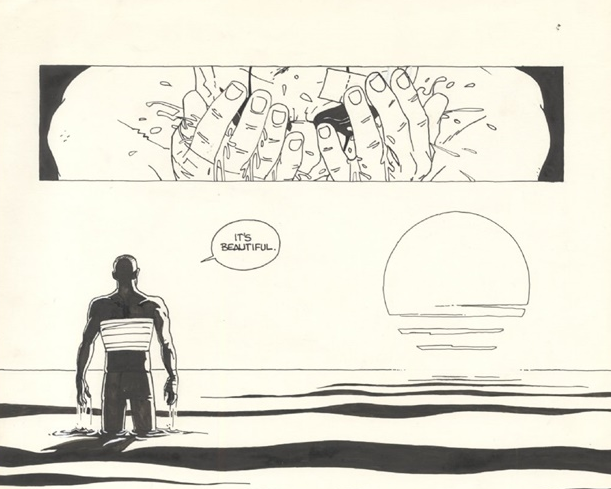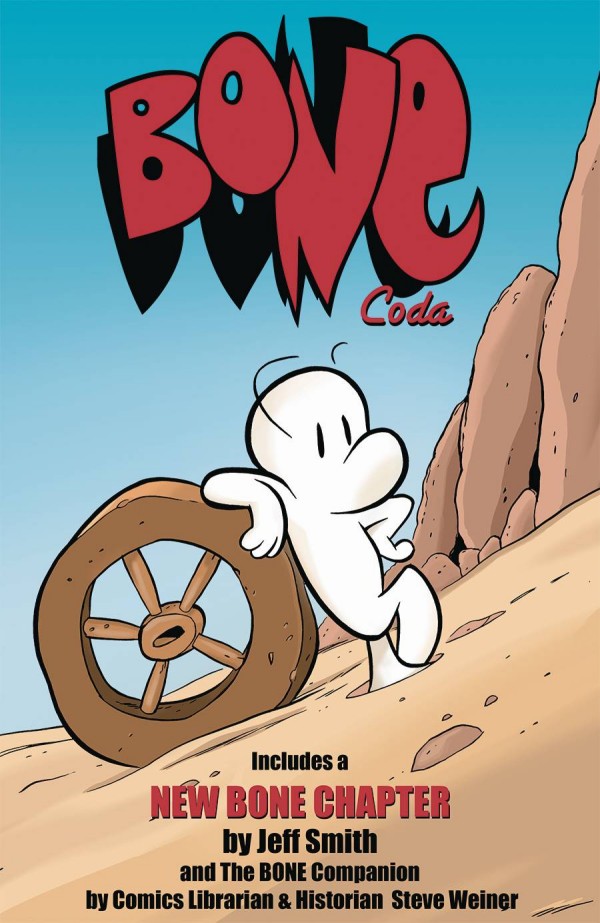 Written by Osamu Tezuka
Written by Osamu TezukaIllustrated by Osamu Tezuka
Vertical
Well, I may have been late getting started reading Tezuka's works, but I'm certainly making up for it this year. Having read some of Black Jack, I'm also reading this shorter work from Tezuka at the same time.
Dororo is the story of a man who was born almost without a body, as his evil father sold him out to a set of devils in order to gain power. In a Black Jack-like move, a doctor saves the life of this poor child, giving him artificial, well, just about everything.
Soon, the boy learns that demons will plague him all his life--but if he kills them, he will slowly regain that which was taken from him. Now he's on a quest to kill every demon he can find. Whether he wants the help or not, a young thief named Dororo will be with him on this quest. After all--he wants the man's swords, and what better way to get them than to stay nearby?
This is a very strange series. The base is a familiar story of Feudal Japan, with a lone warrior righting wrongs wherever he finds them. However, we also get elements of horror, science fiction, and what we'd refer to now as a "buddy movie" thrown into the mix. It's like Tezuka wasn't sure what type of story he wanted to write, so he borrowed a bit from multiple genres to fit his needs. The results are spectacular, but I wonder how this played to its original audience, because of the vast differences in the genres Tezuka incorporates here.
The story itself works very well. We have a man on a quest to recapture what has been lost to him, and along the way we see that his tragedies extend across multiple levels, as he's not only lost his limbs, but his ability to love. And yet, he still finds ways to help people, ridding them of demons. He tries hard to push others away, adopting the mantra that he alone can help himself.
Dororo adds a complication to this philosophy. While he may be staying for selfish reasons, he refuses to abandon our protagonist. Like him, he lost his family as well, but under very different circumstances. Though he could easily abandon him to his fate, our demon-plagued hero stays with Dororo. Can two people used to working alone put aside their reservations? I don't know, but I have a feeling we'll see more of that idea in volume two.
It's interesting to me that Dororo is the title of the manga but is not the character we meet first. Usually, the title is drawn from either the subject or the focal characters. I wonder if this means we'll see more of him in the future or if Tezuka will use him as the lens for the reader to try and understand our not even half-human man who drives the stories we've see so far.
I'd only read Tezuka as a single-issue storyteller before, so I was curious to see how he handled a more sprawling plot. Unsurprisingly, this format also is mastered easily. We get pieces of the origin without a strict chronological format, in the form of telling stories between adventures. This works extremely well, as it feels natural that our two young men would talk to each other before going to be or while on the road. The current stories they participate in build off the backstory, linking the two together well.
At no time do I fee like we are wasting time to pad the story--every page has a vibrant feel that keeps the plot moving. There's a a solid pacing between the action of demon-killing and the human elements. Dororo's origin story is the perfect example of this--we see the anguish of the way his parents are brutalized, but they go down fighting, keeping the energy of the story high even while relating material that might otherwise take the tone in a slower direction. You can see how the shonen formula develops here, but Tezuka manages to make it feel a bit more natural, I think, than they do in modern manga.
The art on this one is possibly its most interesting feature. Tezuka's natural style is very loose and cartoony, like a Warner Brothers animated short or something from Tex Avery. Seeing him draw demons and blood and carnage is a bit disconcerting. It's all very well drawn, but because of the disconnect, the demons in particular really stand out on the page. At times, they look like someone inserted them into an otherwise normal-looking book. I think you can see a lot of Tezuka's influence in the work of Rumiko Takahashi in this regard.
Dororo is another strong work from Tezuka, with a compelling set of main characters. It shows his range as a creator and definitely sets the stage for the many shonen titles that have followed it. I definitely cannot wait to read the other two volumes to see how the story develops.







